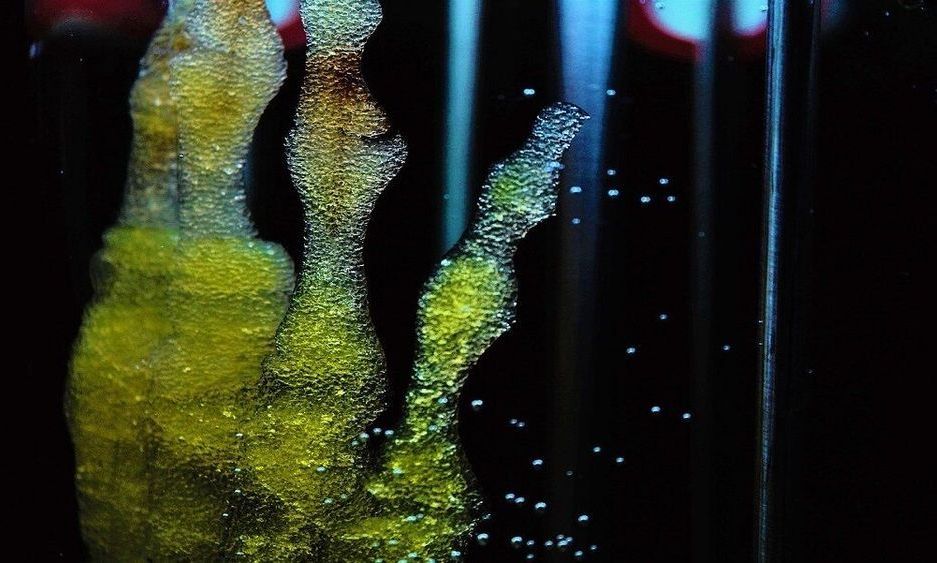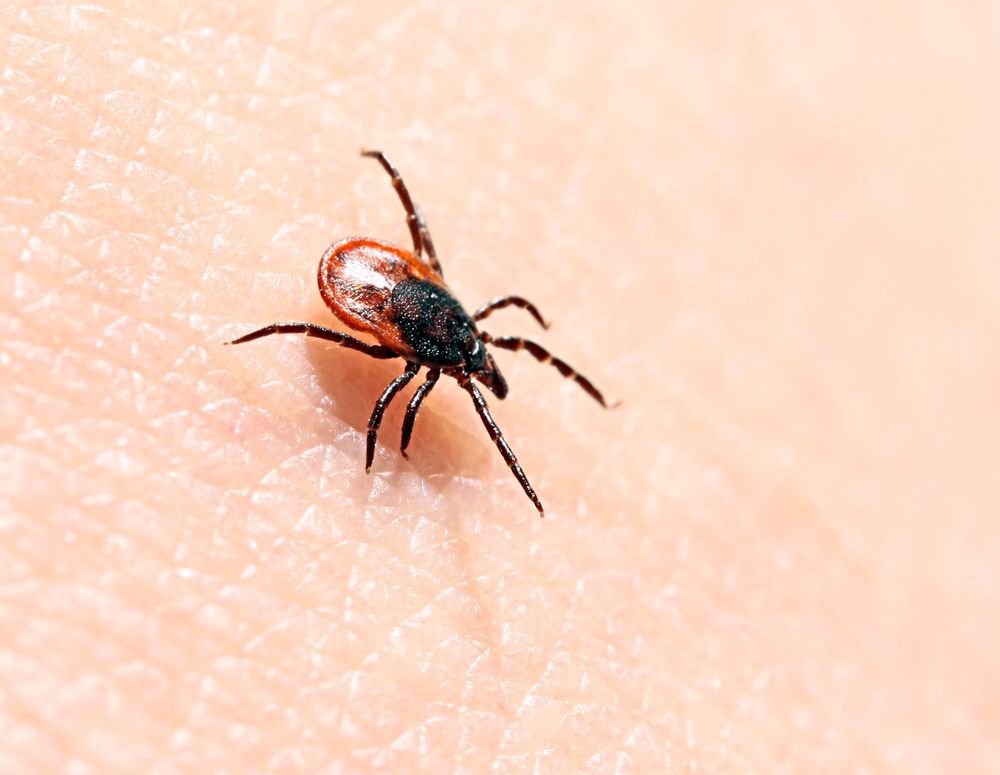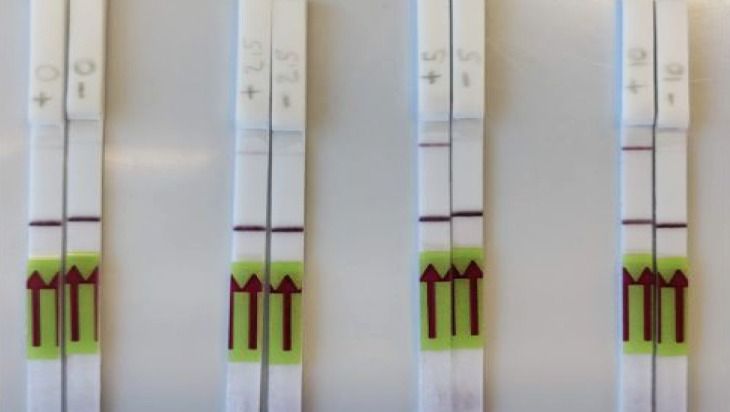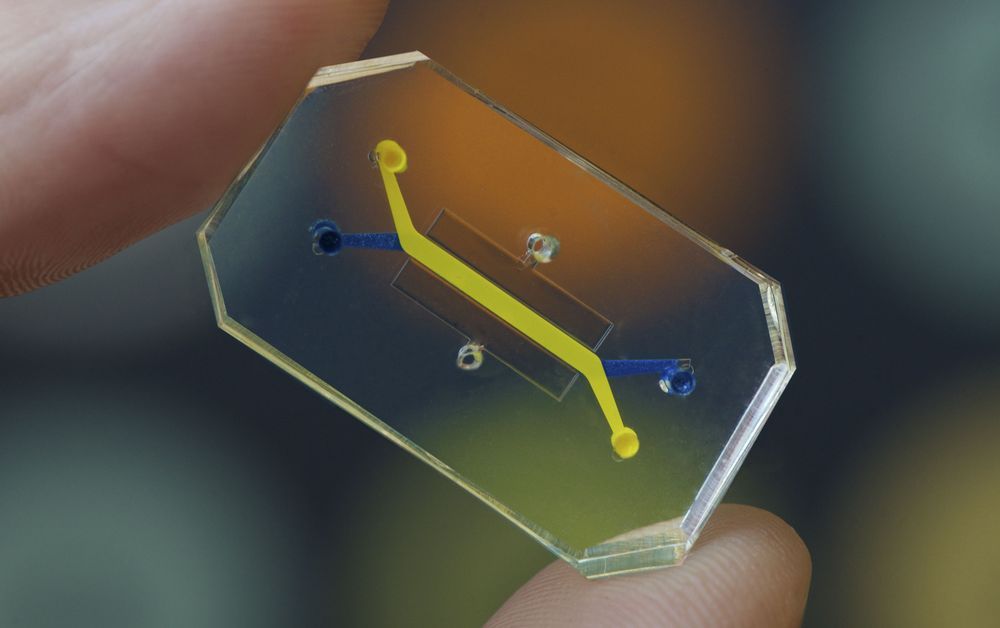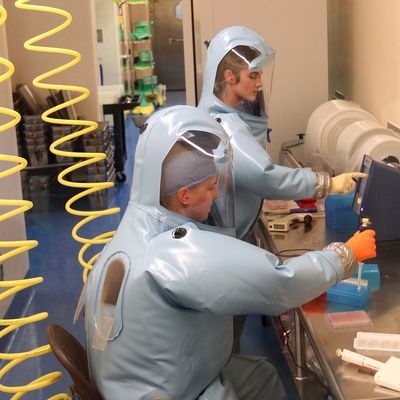Because of the central importance of tissue repair to all organisms, Neves assumed that many of the mechanisms behind it would be shared among all animals. So she started looking at proteins produced by immune cells in the well-known animal model of the fruit fly.
She discovered that a poorly-understood protein known as MANF (mesencephalic astrocyte-derived neurotrophic factor) plays a crucial role in reducing inflammation in fruit flies. More importantly, she found that mice and humans also produce it, and its prevalence reduces in all the species as they age, suggesting it plays a key role in limiting age-related inflammation.
That prompted her to see if introducing MANF would boost the effectiveness of stem cell treatments in older animals. She used the protein in combination with a procedure that uses stem cells to replace degenerating photoreceptors in the retina of older mice and found it greatly improved the restoration of vision.
